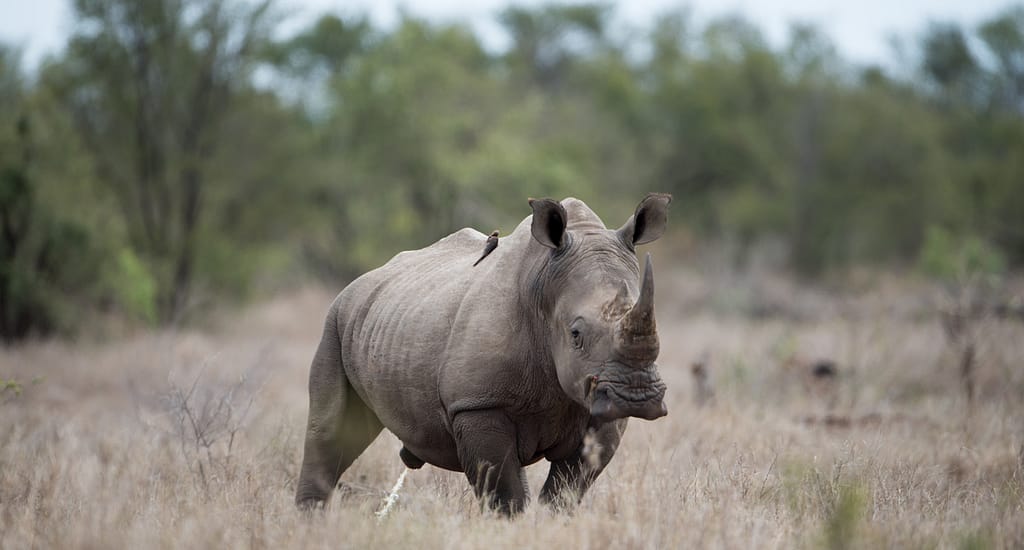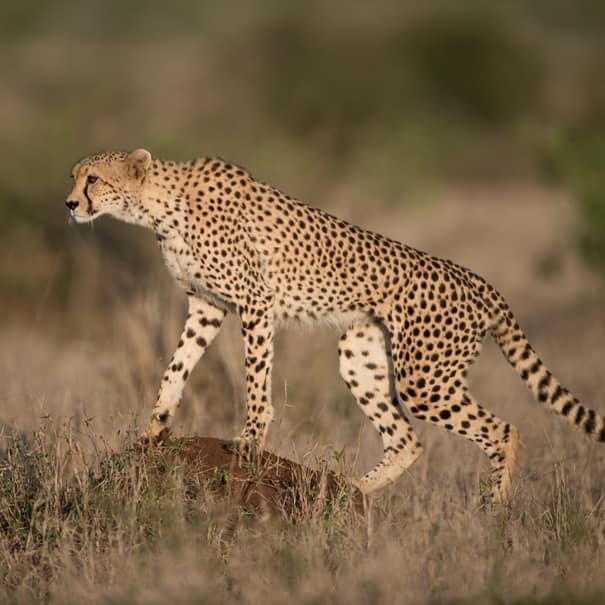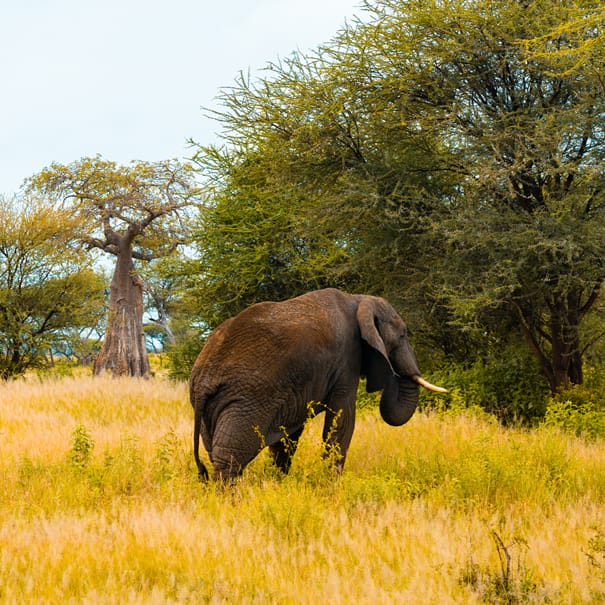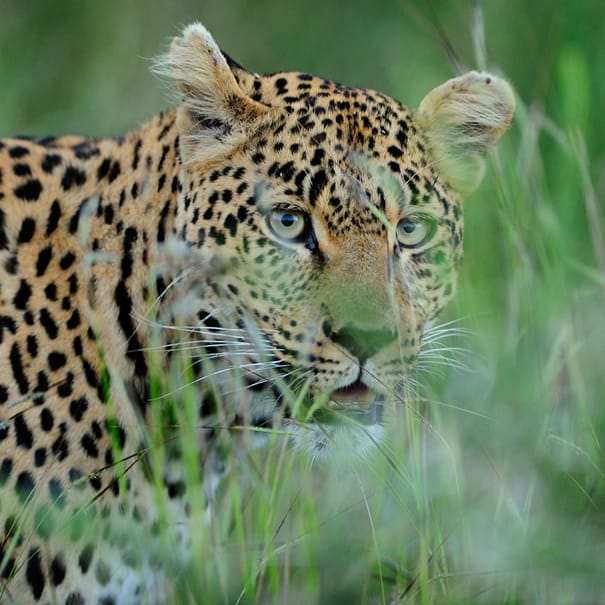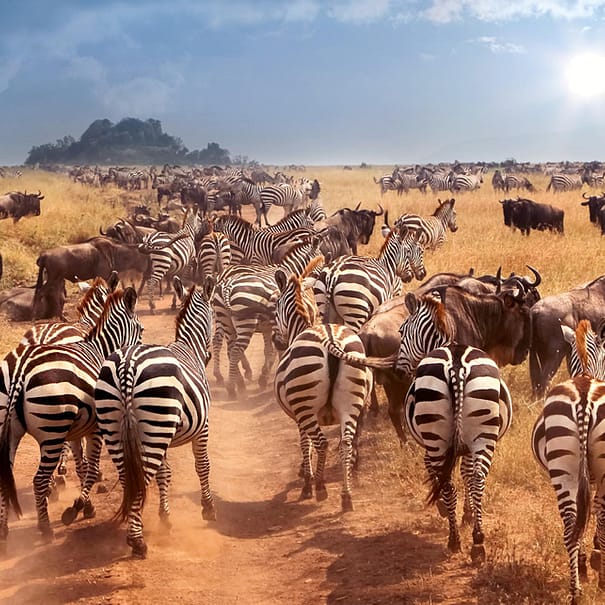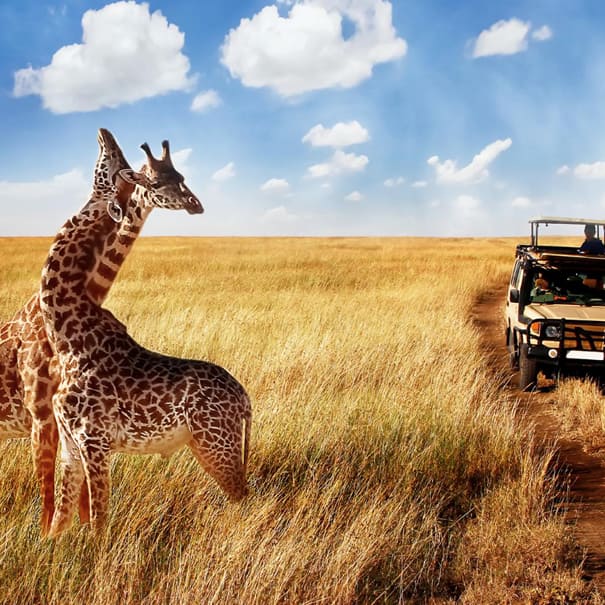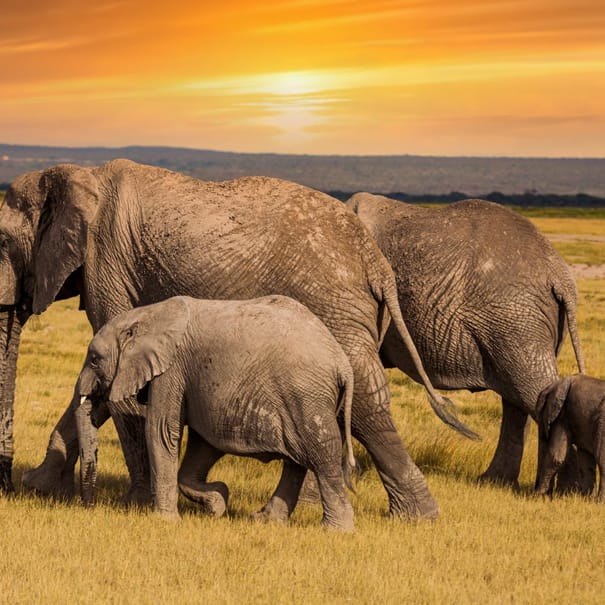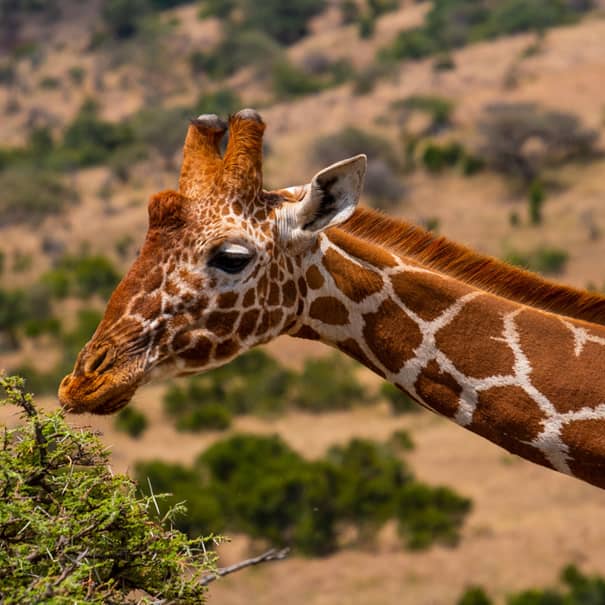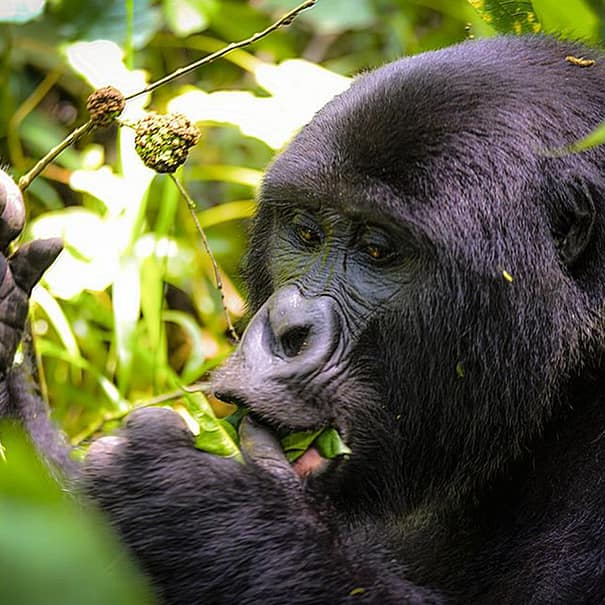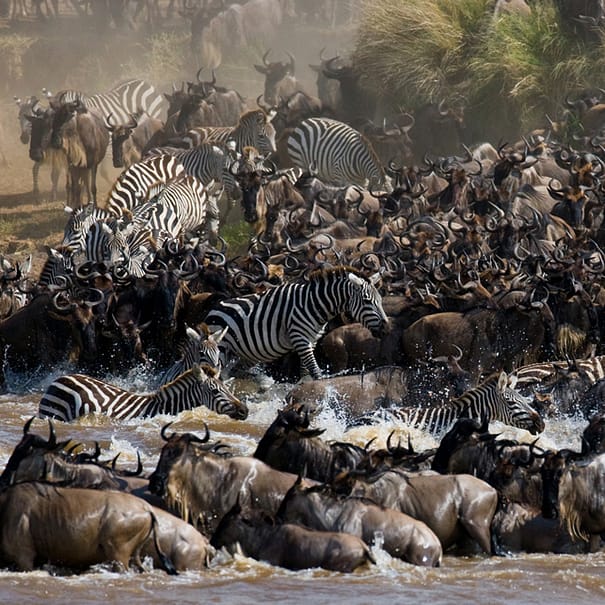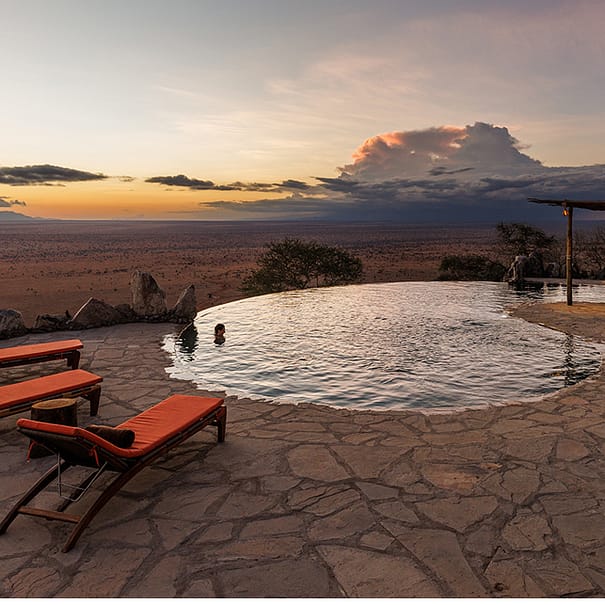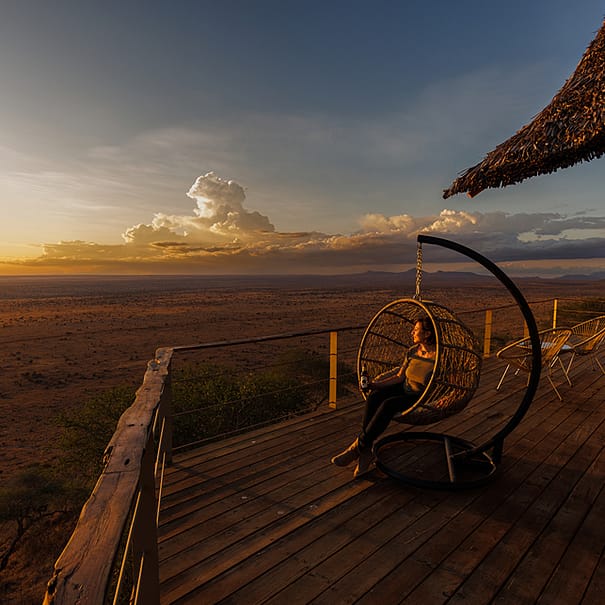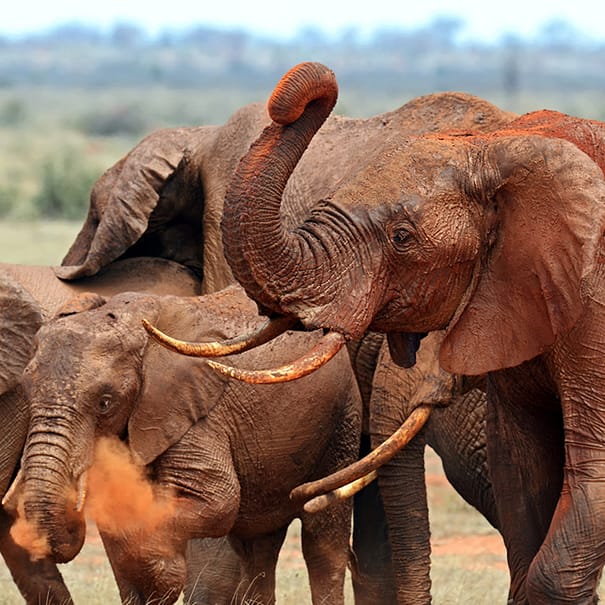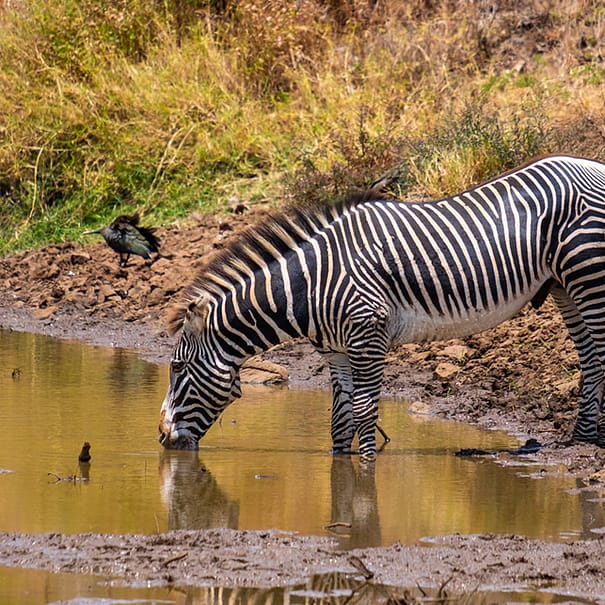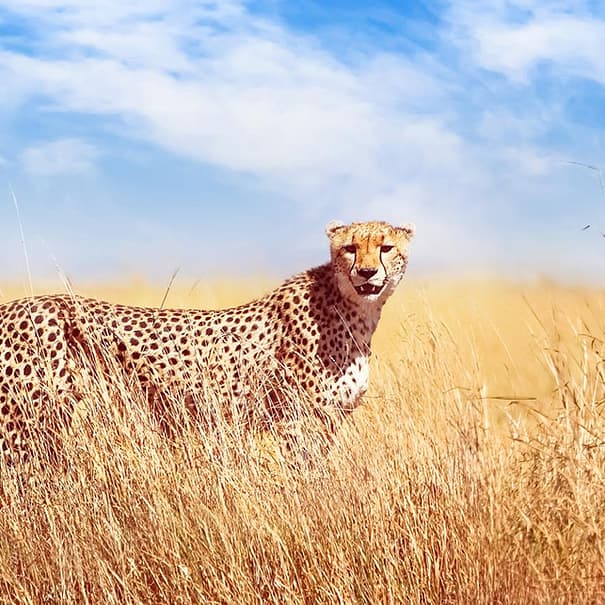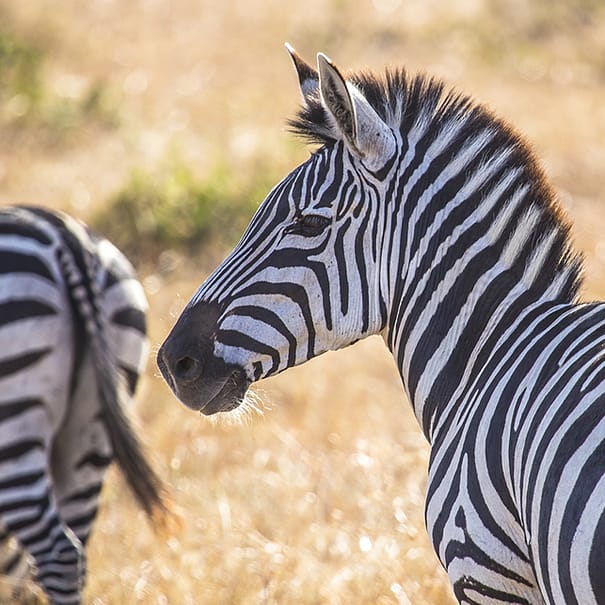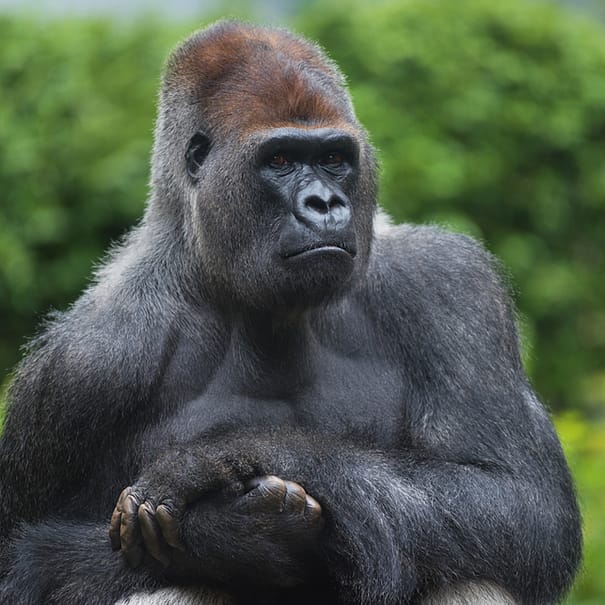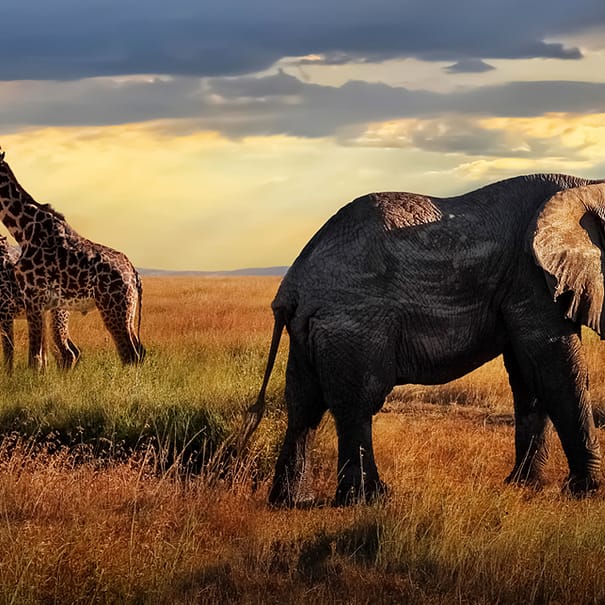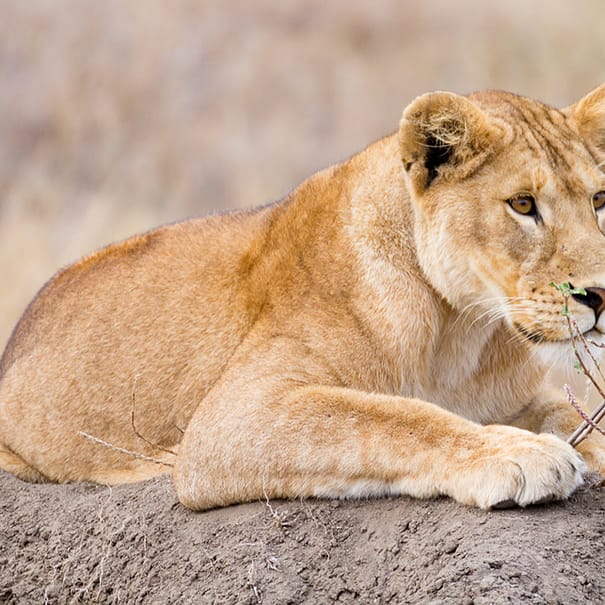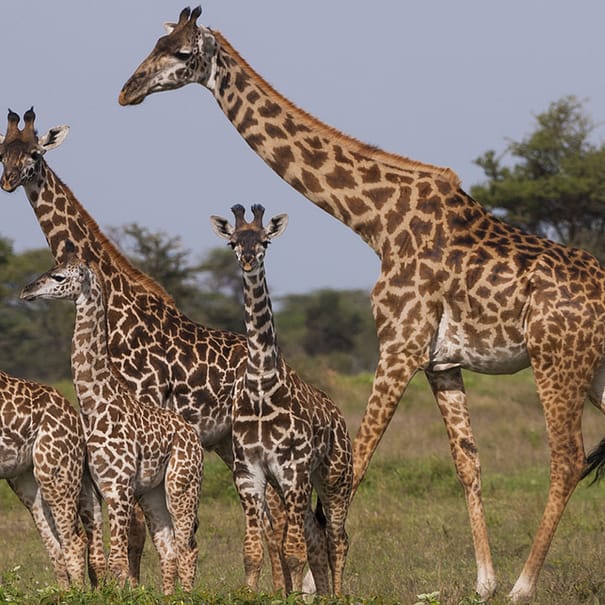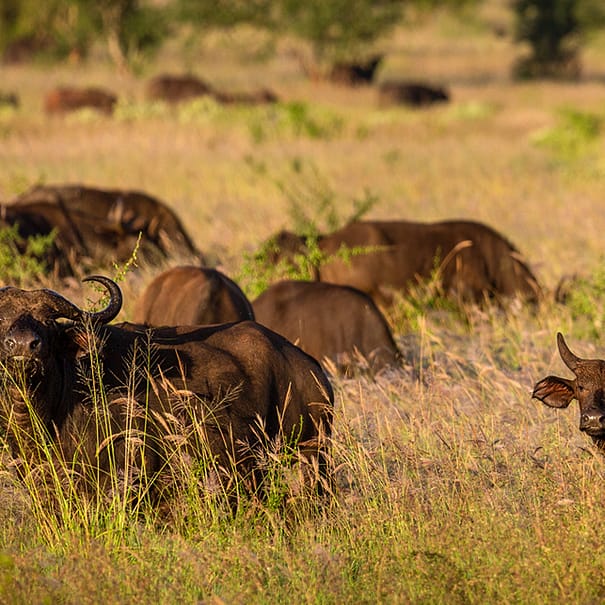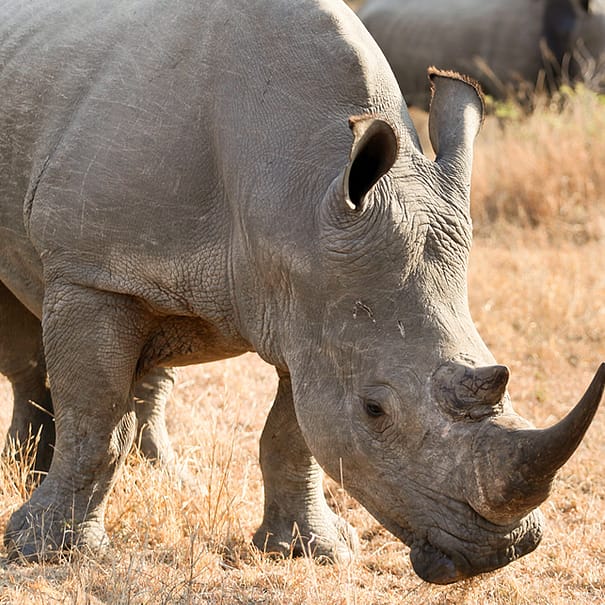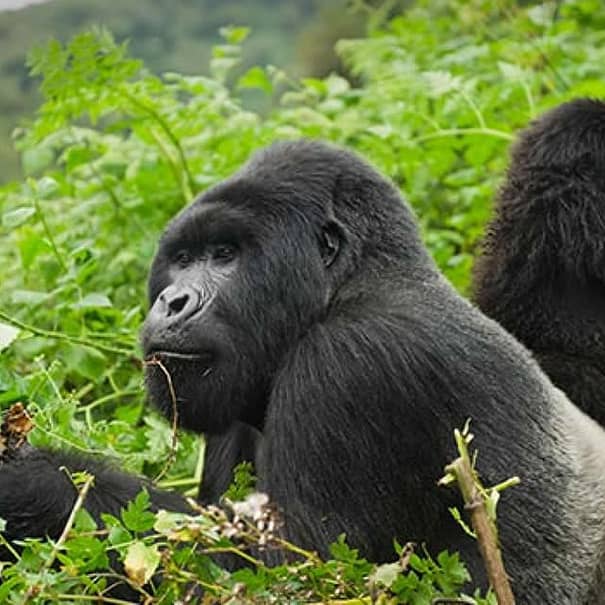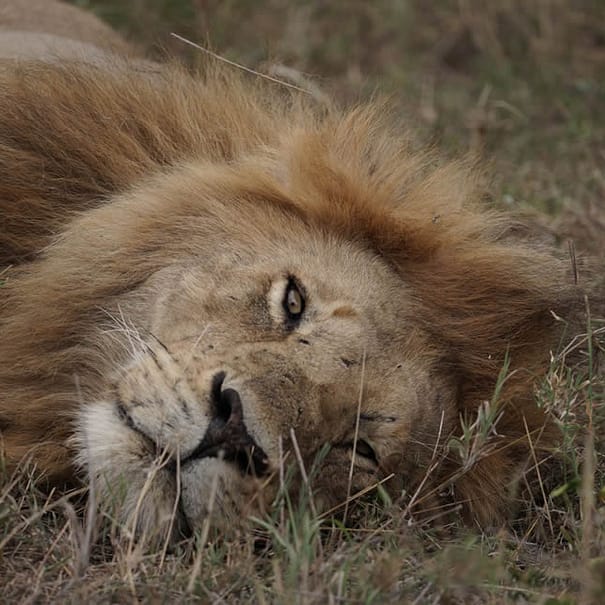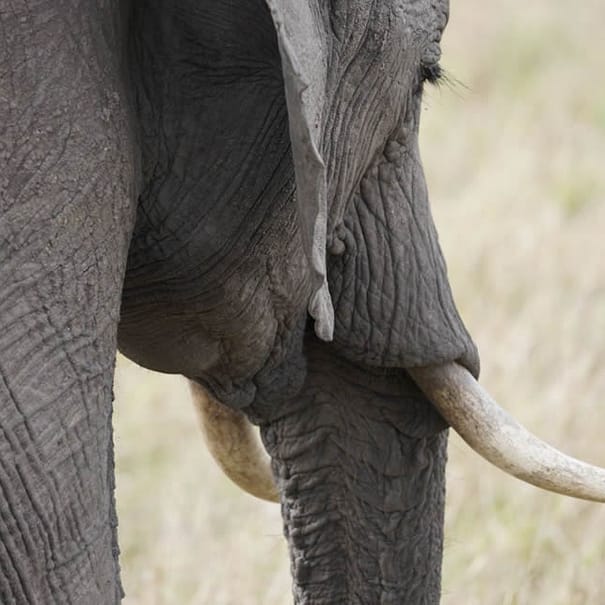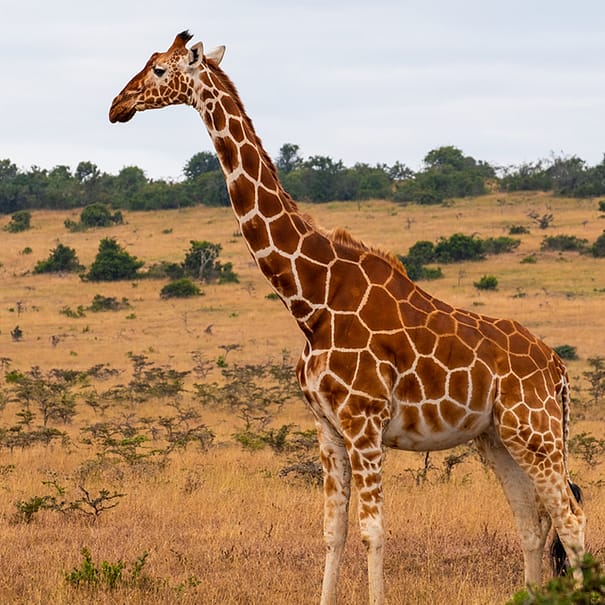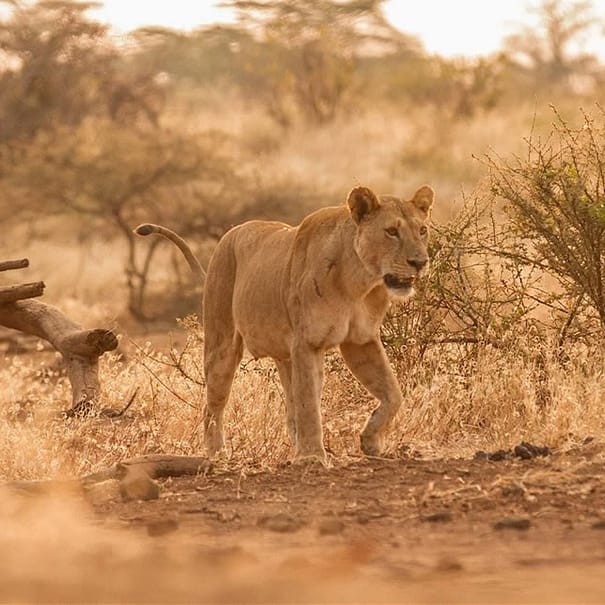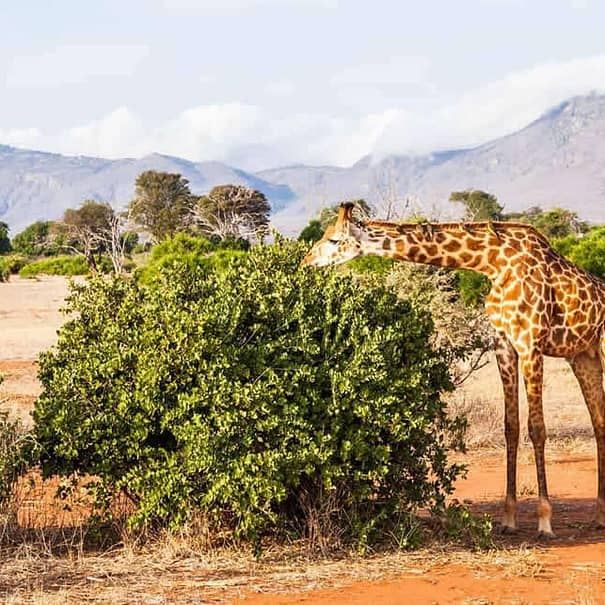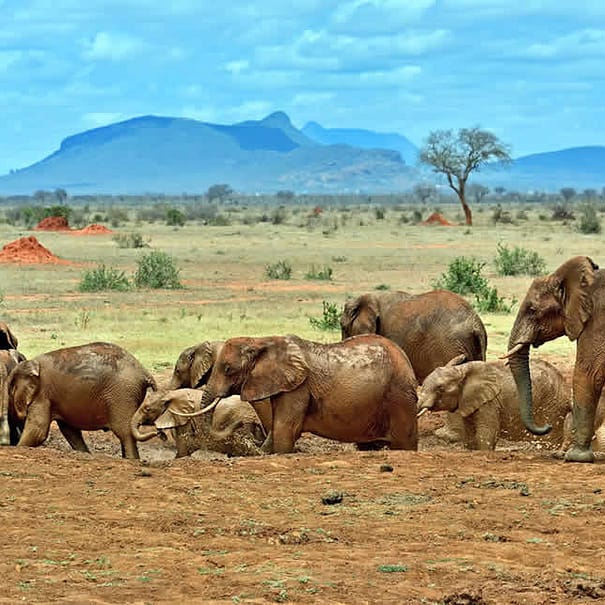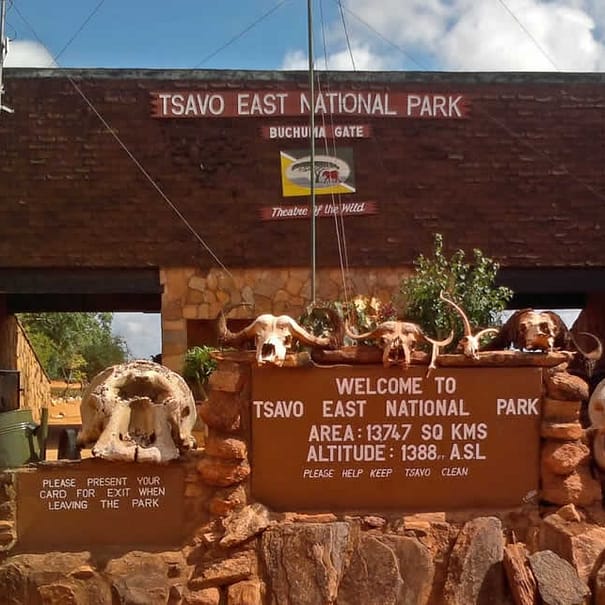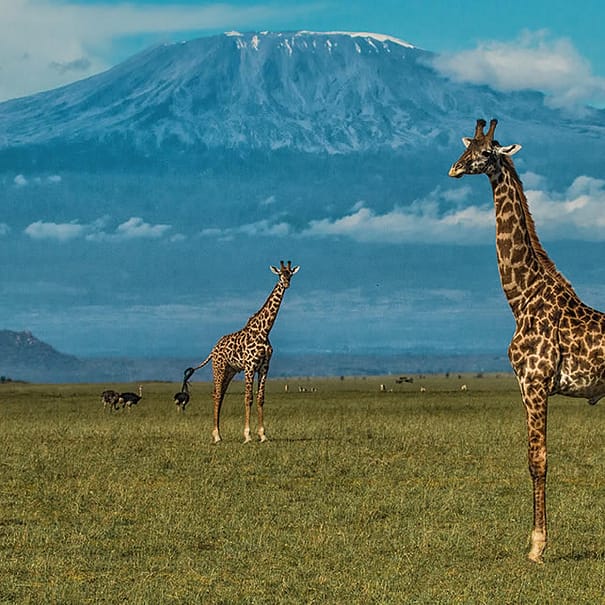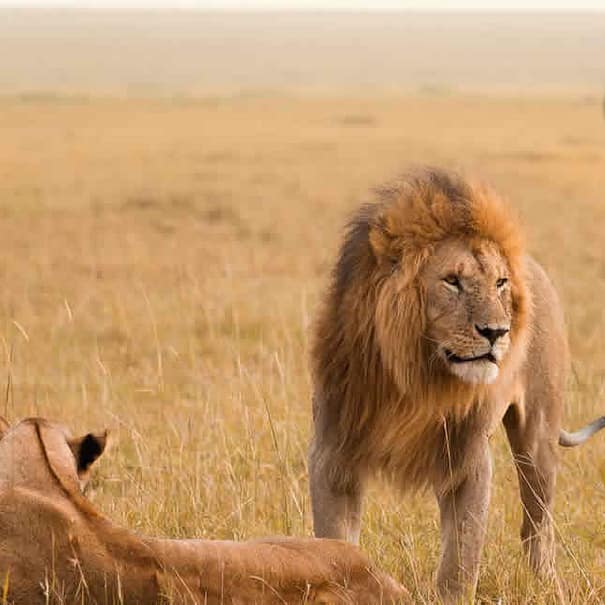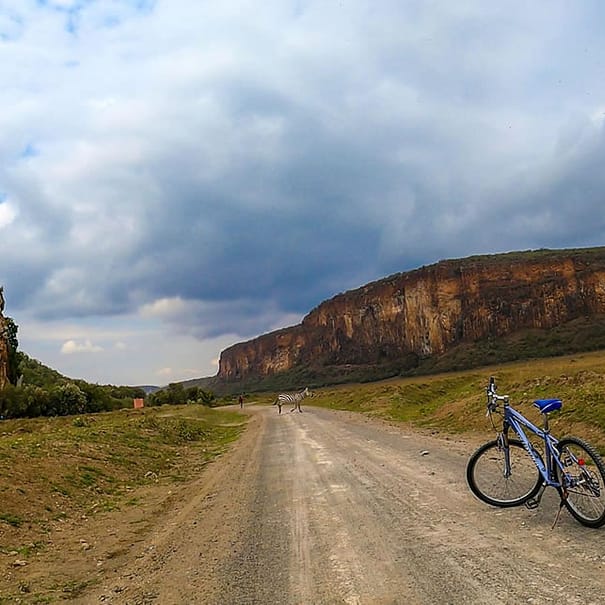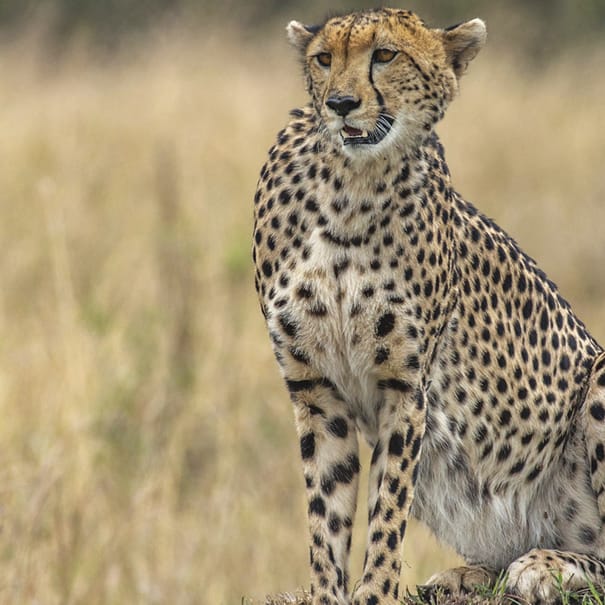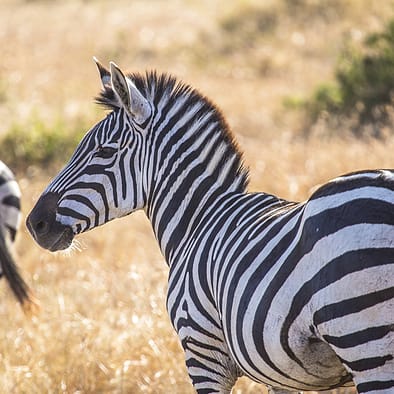The black rhinoceros, with its hooked upper lip and unmistakable horned profile, is one of Africa’s most extraordinary creatures. Once widespread across the continent, black rhino numbers plummeted in the late 20th century due to poaching. Today, Black Rhinos in Kenya stand as one of the country’s greatest conservation success stories, with over 800 thriving individuals thanks to decades of determined protection, innovative anti-poaching programs, and strong community partnerships.
Ol Pejeta Conservancy (Laikipia)
Ol Pejeta is the largest black rhino sanctuary in East Africa and a shining example of modern conservation. With more than 140 black rhinos living freely across its grasslands and acacia thickets, sightings are both frequent and rewarding. Visitors keen to learn more about Black Rhinos in Kenya can join conservation-focused activities, including rhino tracking, veterinary care sessions, and ranger-led programs.
Lewa Wildlife Conservancy (Laikipia)
A UNESCO World Heritage Site, Lewa is renowned for its stunning landscapes and high density of black rhinos. Here, rhinos roam alongside elephants, lions, and endangered species like the Grevy’s zebra. For travelers exploring Black Rhinos in Kenya, Lewa offers guided drives and immersive rhino tracking adventures, supported by strong community-driven conservation.
Nairobi National Park
Just minutes from downtown Nairobi, this park provides an extraordinary opportunity to see Black Rhinos in Kenya against the backdrop of a modern city skyline. The park’s secure rhino sanctuary ensures consistent sightings, making it an excellent choice for those with limited time.
Lake Nakuru National Park
Lake Nakuru is world-famous for its birdlife, but its rhino sanctuary is equally remarkable. Both black and white rhinos thrive here, often grazing within easy view of safari vehicles. For many visitors, Nakuru provides some of the most photogenic encounters with Black Rhinos in Kenya.
Tsavo West National Park – Ngulia Rhino Sanctuary
Set in the wilderness of Tsavo West, the Ngulia Rhino Sanctuary plays a vital role in protecting Black Rhinos in Kenya. The sanctuary’s secure environment allows rhinos to flourish alongside elephants, lava fields, and natural springs, blending wildlife conservation with adventure.
Aberdare National Park
In the cool highlands of the Aberdares, black rhinos inhabit dense forests and open moorlands. This unique environment gives a different perspective on Black Rhinos in Kenya, with misty forests and mountain backdrops creating unforgettable photographic moments.
Masai Mara National Reserve
Though famous for lions and the Great Migration, the Maasai Mara is also home to a small but stable population of black rhinos. Spotting Black Rhinos in Kenya’s Masai Mara often feels like a rare discovery amid the vast plains and predator-rich landscapes.
Meru National Park
Once a poaching hotspot, Meru is now one of the most secure rhino sanctuaries in East Africa. Visitors often remark that the lightly visited landscapes provide some of the most authentic sightings of Black Rhinos in Kenya, far from the crowds.
Borana Conservancy
Sharing an unfenced boundary with Lewa, Borana offers equally strong rhino viewing opportunities with a more exclusive safari feel. Black Rhinos in Kenya benefit here from coordinated security efforts and habitat protection, making it one of the country’s most reliable conservancies for sightings.
Solio Game Reserve
One of Kenya’s oldest and most successful private rhino sanctuaries, Solio boasts one of the highest rhino densities in the country. Many of the Black Rhinos in Kenya’s national parks were originally bred and relocated from Solio to strengthen other populations.
Mugie Conservancy
Mugie combines close-up rhino encounters with scenic tranquility. Guests exploring Mugie often highlight the intimate, unrushed experiences they’ve had watching Black Rhinos in Kenya roam its open grasslands.
Best Times and Tips for Spotting Black Rhinos
The best times to see Black Rhinos in Kenya are early morning and late afternoon, when they are most active. During the dry seasons (June–October and January–February), visibility improves as vegetation thins and wildlife gathers near water sources. Experienced guides use subtle signs such as tracks, droppings, and sounds to increase your chances of safe, respectful encounters.
Touring Kenya’s Rhino Havens
Exploring Kenya’s top black rhino habitats often means covering large distances and blending well-known reserves with tucked-away conservancies. This is where an experienced safari company can be invaluable, handling logistics while you focus on the wildlife. Keshi Tours, for example, crafts seamless journeys that connect these rhino strongholds efficiently.
Their team arranges everything from park entry to comfortable lodges and expert guides who know each landscape intimately. Travelers can even add experiences like conservation briefings or ranger-led walks. With details taken care of, your focus remains on the unforgettable — whether that’s watching Black Rhinos in Kenya graze on Laikipia’s plains or emerge dramatically from the misty Aberdare forests.

